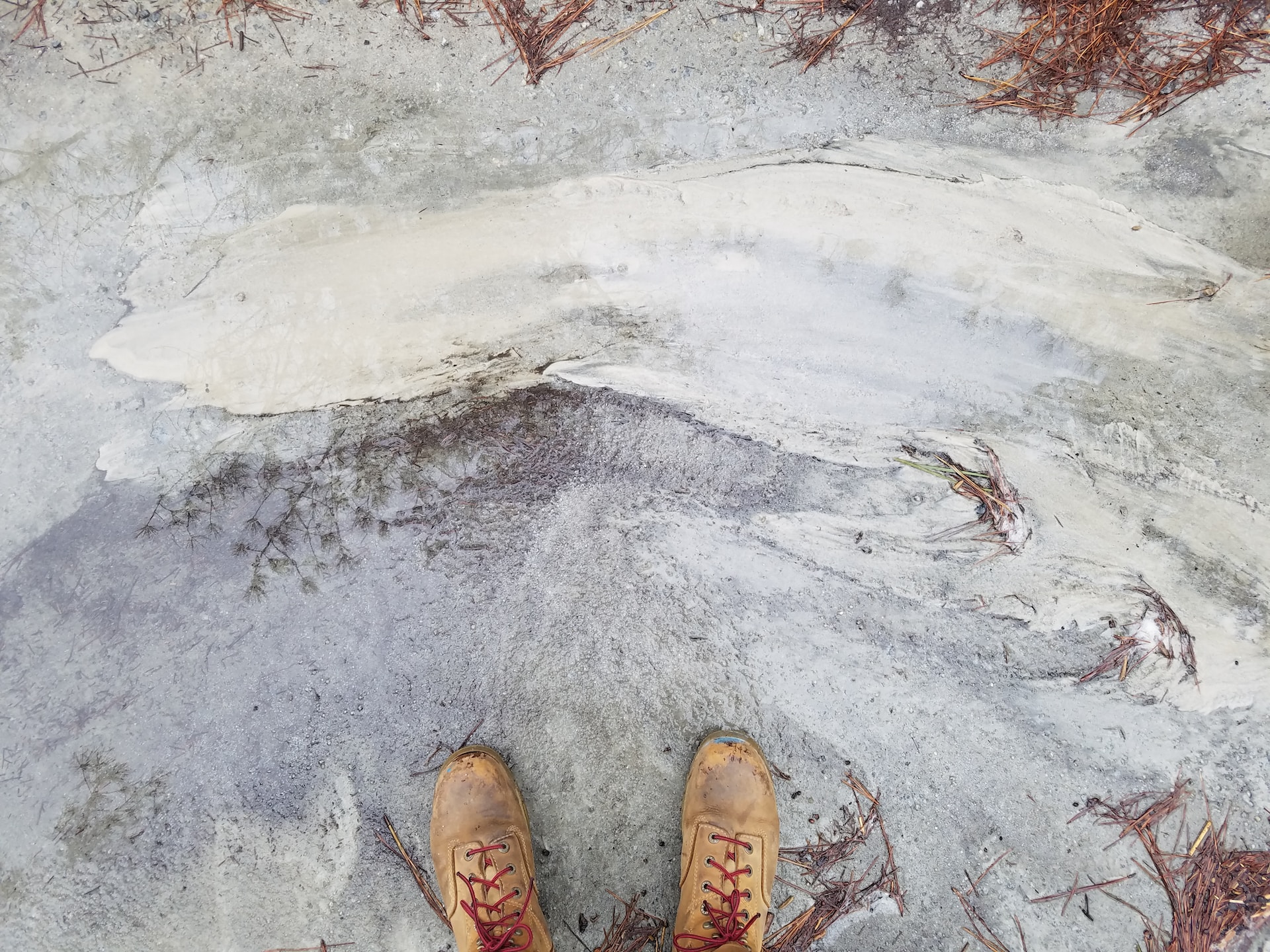When it comes to outdoor activities, hiking is one of the most popular and exciting options. However, when the weather turns snowy, it can be challenging to know which footwear is best suited for the task.
This article will explore whether hiking boots are good for snow, the types of winter hiking footwear available, and the essential features to look for when selecting the right pair.
Are Hiking Boots Good for Snow?
Hiking boots are a versatile option for outdoor activities, but they may not be the best choice for snow hiking. Hiking boots are designed to provide traction and support on rough terrain, but they are not always insulated or waterproof.
If you plan to hike in the snow, it’s essential to choose a pair of boots that are specifically designed for winter conditions.
What Are the Types of Winter Hiking Footwear?
There are several types of footwear to choose from when planning a winter hike. Snow boots, winter hiking boots, and mountaineering boots are all options to consider. Each type of footwear has unique features that make them ideal for different types of winter hikes.
Different types of footwear for winter hiking
Snow boots are designed for walking in deep snow, while winter hiking boots are designed for use on snowy trails. Mountaineering boots are the most heavy-duty option, ideal for use in extreme winter conditions.
Comparison between hiking and snow boots
Hiking boots are typically not insulated, whereas snow boots are designed to keep your feet warm in snowy conditions. Snow boots also tend to have better traction on slippery surfaces.
However, hiking boots are often more comfortable and provide better support on uneven terrain.
When each type of footwear is appropriate
The type of footwear that is best for you depends on the type of winter hike you are planning. If you plan to hike on flat, snowy terrain, snow boots are likely the best option.
For more challenging winter hikes, winter hiking boots or mountaineering boots may be a better choice.
What Are the Features of Winter Hiking Footwear?
When choosing winter hiking footwear, there are several essential features to consider.
Insulation
Insulation is critical in winter hiking boots. Look for boots that are rated for the temperature and weather conditions you expect to encounter. Thinsulate and Gore-Tex are popular insulation materials.
Traction
Traction is essential when hiking in snowy conditions. Look for boots with deep lugs and a durable outsole that can grip slippery surfaces.
Waterproofing
Keeping your feet dry is critical when hiking in the snow. Look for boots with a waterproof membrane, such as Gore-Tex, to keep your feet warm and dry.
When Hiking Boots Can Be Used for Snow Hiking?
Hiking boots are designed to provide traction and support while trekking through rough terrain. They are also great for hiking in cold weather conditions, including snow. However, not all hiking boots are suitable for snow hiking.
Before hitting the snowy trails, it’s important to understand what makes a hiking boot suitable for snow hiking.
Choosing the right footwear
When it comes to snow hiking, choosing the right footwear is essential to keep your feet warm, dry, and comfortable. Hiking boots can be an excellent option for snow hiking in some cases, but it is important to consider the conditions and the type of hiking you plan to do.
If you are planning to do light to moderate snow hiking on well-maintained trails, hiking boots can be a suitable option.
However, if you plan to do more technical snow hiking or mountaineering, you may need specialized snow hiking boots with more insulation, better traction, and waterproofing.
Factors to consider
Several factors need to be considered when choosing the right winter hiking footwear. The first factor is the weather conditions. If you are hiking in dry and cold conditions, hiking boots may be enough to keep your feet warm and dry.
However, if you are hiking in wet and cold conditions, you may need waterproof boots with better insulation. The second factor is the terrain. If you are hiking on well-maintained trails with light to moderate snow, hiking boots may be enough.
However, if you are hiking in more technical terrains, you may need specialized snow hiking boots with better traction and support.
Determine the appropriate level of insulation
When choosing winter hiking boots, you need to determine the appropriate level of insulation. The level of insulation you need depends on the weather conditions and the type of hiking you plan to do.
For light to moderate snow hiking, boots with 200-400 grams of insulation may be enough. For more technical snow hiking or mountaineering, boots with 600 grams of insulation or more may be required.
How to Choose the Right Fit and Style of Winter Hiking Boots?

Choosing the right fit is crucial when it comes to winter hiking boots. A poorly fitting boot can cause blisters, discomfort, and even injuries. When trying on winter hiking boots, make sure you wear the same socks you plan to wear when hiking.
Your boots should fit snugly but not be too tight or too loose. You should be able to wiggle your toes comfortably, and there should be enough space in the toe box to prevent cramping.
Winter hiking boots come in different styles, including low-cut, mid-cut, and high-cut. Low-cut boots provide less ankle support but are lighter and more comfortable. Mid-cut boots provide more ankle support and are suitable for light to moderate snow hiking.
High-cut boots provide the most ankle support and are suitable for more technical snow hiking or mountaineering. When choosing the style of winter hiking boots, consider the type of hiking you plan to do and the level of ankle support you need.
Read this one also: Can I hike without hiking boots
Conclusion
In conclusion, when considering whether hiking boots are good for snow, it’s essential to understand the types of winter hiking footwear available and their features. While hiking boots can be a versatile option, they may not always provide the insulation and traction needed for snowy conditions.
When choosing the right footwear for winter hiking, consider the temperature and weather conditions you’ll encounter, as well as the type of terrain you’ll be hiking on. By choosing the right pair of winter hiking boots, you’ll be able to enjoy your snowy hikes with warmth, comfort, and confidence.
FAQs
You can tell if your hiking boots are suitable for snow by checking if they have insulation, a waterproof membrane, and a high-top design that provides ankle support. Additionally, you can look for boots with a sole that has good traction in snowy and icy conditions.
Regular hiking boots can be used in snow, but they may not provide sufficient insulation or waterproofing for very cold or wet conditions.

Tyler Looney is an avid hiking enthusiast and the author of HikingBootsPros.com, a website dedicated to providing helpful insights and advice on choosing the best hiking boots. His expertise and passion for hiking have made him a valuable resource for both beginner and experienced hikers alike.

